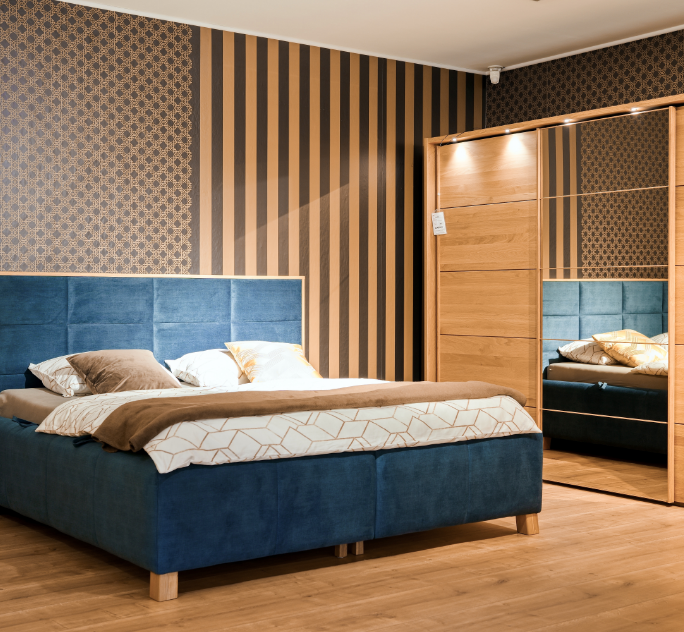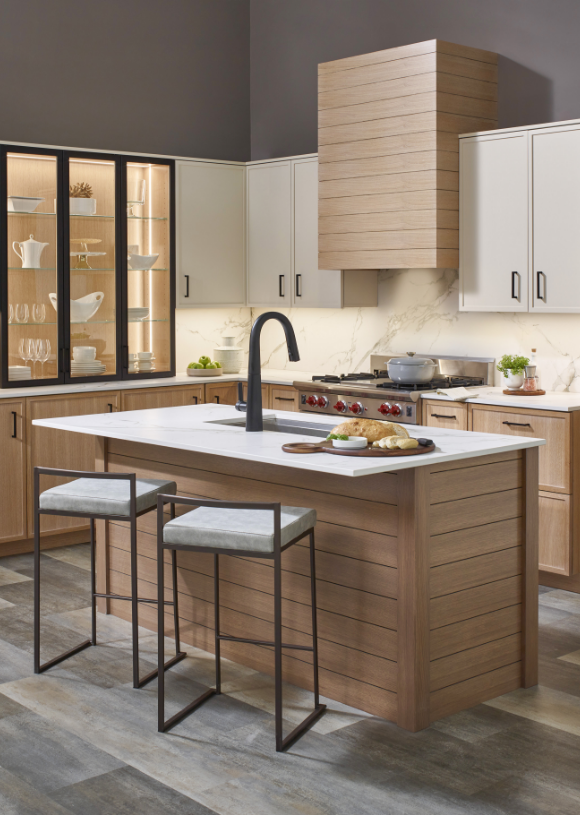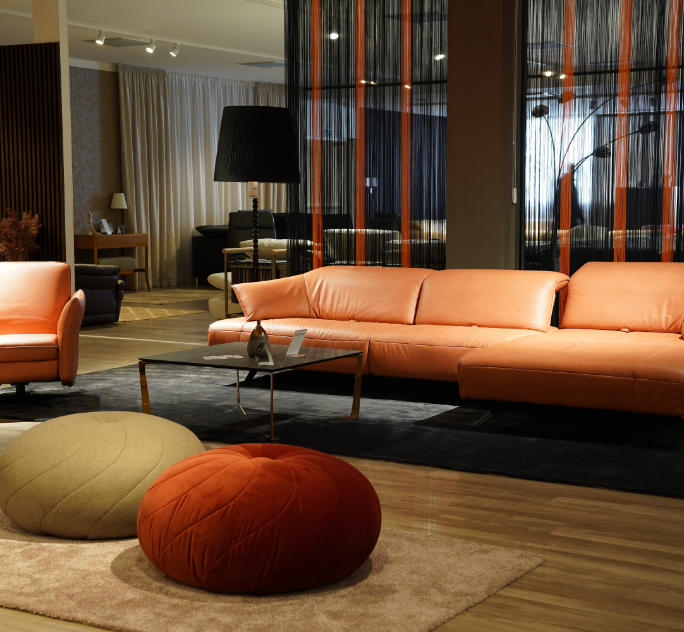Step into the average modern design center or showroom and you will be taken aback — not by the beauty of the space or the quality of the products (which are, no doubt, spectacular), but by the lack of consumers available to appreciate these stunning facilities. What was once a bustling, sometimes even chaotic environment feels a lot quieter. Leaders in the interior design space are understandably concerned, as the showroom has long set the stage for stronger customer engagement and satisfaction. It also traditionally acted as a weather vane of sorts, reflecting the overarching status of the market.
Despite these previous tendencies, decreasing showroom traffic does not necessarily reflect a true lack of committed customers. Rather, in this situation, it's an expected result of customers' dramatic shift towards online solutions. This isn't entirely negative; the digital realm provides plenty of opportunities for consumers to find inspiration and discuss their concerns while still capturing the personalization and quality service that made showrooms so appealing in the first place. That being said, the showroom still has a powerful role to play. Keep reading to learn why traffic is down and how marketing can bridge the gap.



